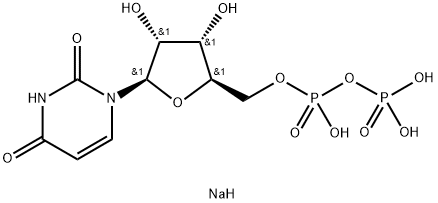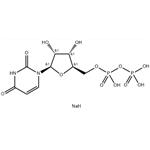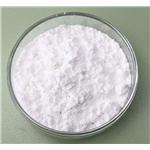
Uridine-5'-diphosphate disodium salt
- Product NameUridine-5'-diphosphate disodium salt
- CAS27821-45-0
- CBNumberCB2143213
- MFC9H15N2NaO12P2
- MW428.16
- EINECS248-678-9
- MDL NumberMFCD00084679
- MOL File27821-45-0.mol
- MSDS FileSDS
Chemical Properties
| storage temp. | -20°C |
| form | Powder |
| color | White to Off-white |
| biological source | synthetic |
| Water Solubility | Slightly soluble in water. |
| Sensitive | Moisture Sensitive |
| BRN | 8817400 |
| InChIKey | KWDGQJWFEYTPBN-IBOJMDDDSA-L |
| SMILES | O[C@@H]1[C@@H]([C@@H](COP(O)(=O)OP(O)(O)=O)O[C@H]1N1C=CC(=O)NC1=O)O.[NaH] |&1:1,2,3,15,r| |
| CAS DataBase Reference | 27821-45-0(CAS DataBase Reference) |
| FDA UNII | CU84BH96WL |
| UNSPSC Code | 41106305 |
| NACRES | NA.51 |
Safety
| Symbol(GHS) |

|
| Signal word | Warning |
| Hazard statements | H315-H319-H335 |
| Precautionary statements | P261-P264-P271-P280-P302+P352-P305+P351+P338 |
| Hazard Codes | Xi |
| Risk Statements | 36/37/38 |
| Safety Statements | 26-36 |
| WGK Germany | 3 |
| F | 10-21 |
| HS Code | 29349990 |


